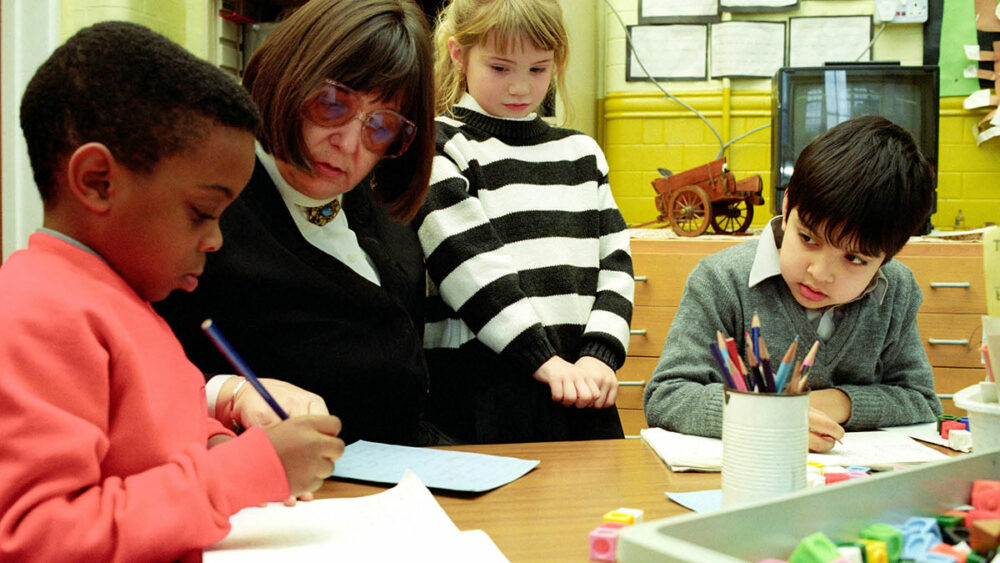Background to the report
The Department for Education (DfE) has a strategic priority to improve the attainment of disadvantaged children. It has introduced a range of interventions, alongside its funding to support all children, specifically to improve the attainment of disadvantaged children.
Jump to downloadsThese include:
- the pupil premium, which DfE describes as its flagship policy
- certain local areas receiving additional funding
- six interventions introduced within two years of schools closing because of COVID-19
Scope of the report
This report examines whether DfE is achieving value for money through its funding to support the attainment of disadvantaged children in educational settings in England, from early years to the end of key stage 4 (the end of compulsory schooling).
It assesses:
- whether DfE has a coherent approach to support the attainment of disadvantaged children, and its progress against its objectives
- how DfE understands the attainment of children and how it evaluates what works to effectively allocate resources
- the accountability arrangements and support DfE provides schools and early years providers to ensure value for money
Conclusions
Each year, DfE spends around £60 billion to support all children across schools and early years settings. For 2023-24, this included an estimated £9.2 billion focused on supporting disadvantaged children and narrowing the attainment gap between them and their peers, with half of this comprising disadvantage elements of its core funding for schools.
Despite this investment, disadvantaged children performed less well than their peers across all areas and school phases in 2022/23. The gap in children’s attainment had been narrowing before the COVID-19 pandemic, which then had a detrimental impact. The gap continues to widen for key stage 4, which is when children leave school, and, while the attainment gap for those finishing primary school narrowed slightly in the past year, it remains wider than it was a decade ago.
DfE has evidence to support some of its interventions and uses this to help schools and early years providers to make decisions. However, it does not yet understand the outcomes resulting from a significant proportion of its expenditure on disadvantaged children. It also does not have a fully integrated view of its interventions, or milestones to assess progress and when more may need to be done.
This, and the lack of sustained progress reducing the disadvantage attainment gap since 2010/11, means that DfE cannot demonstrate it is achieving value for money. To make progress, and secure value for money, it should build more evidence of what works, look strategically across its interventions and how it allocates its funding, and work effectively across government to address the wider factors to make progress on this complex issue.
Downloads
- Report - Improving educational outcomes for disadvantaged children (.pdf — 533 KB)
- Summary - Improving educational outcomes for disadvantaged children (.pdf — 120 KB)
- ePub - Improving educational outcomes for disadvantaged children (.epub — 2 MB)
Publication details
- ISBN: 978-1-78604-557-7 [Buy a hard copy of this report]
- HC: 125, 2024-25

